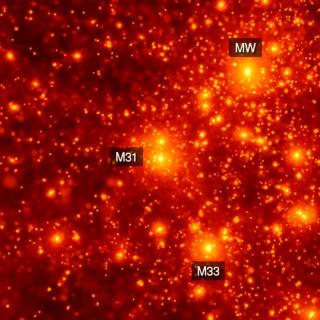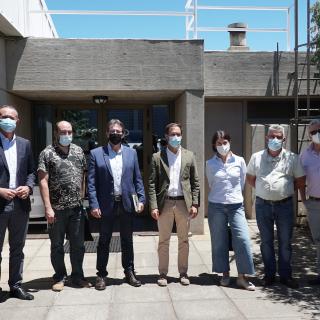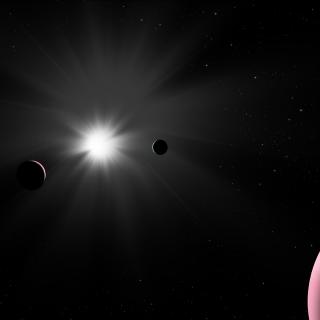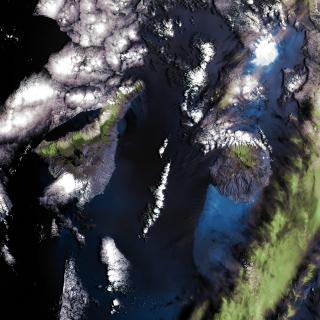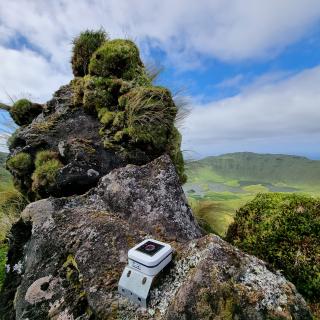
There are now 10 sensors monitoring the night-time darkness of the island of Corvo to determine the impact of artificial lighting on the sea birds. The installation of the photometers took place this week, thanks to municipal collaboration and that of SPEA Azores, one of the five centers in Macaronesia which are working in the project Interreg EELabs, coordinated by the Instituto de Astrofísica de Canarias. During the coming years the light pollution laboratory of the EELabs project on Corvo will measure the propagation of the artificial night-time lighting within the natural ecosystems of
Advertised on
